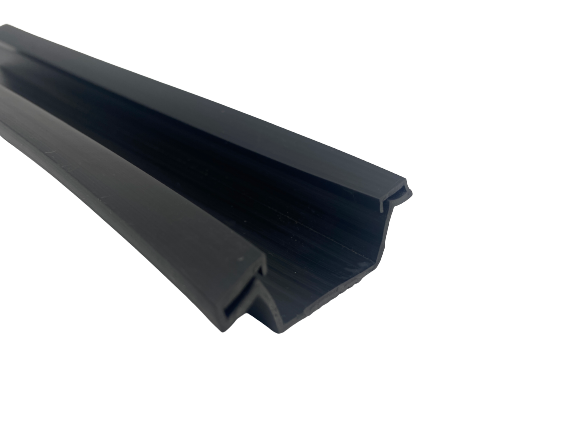Jul . 29, 2024 02:40 Back to list
High-Quality Silicone Rubber Seal Strips for Energy-Efficient Refrigerator Door Solutions
Understanding Silicone Rubber Seal Strips for Refrigerator Doors A Key Manufacturing Guide
Silicone rubber seal strips are an essential component for refrigerators, playing a crucial role in maintaining energy efficiency and ensuring proper food preservation. These seals are designed to create a tight barrier between the refrigerator door and its frame, preventing cold air from escaping while also blocking external warm air from entering. As a manufacturer of silicone rubber seal strips, it is vital to understand the specifications, benefits, and production methods associated with these products.
Material Properties
Silicone rubber is a versatile and durable material, well-suited for creating seal strips. It possesses excellent temperature resistance, allowing it to perform well in both the extreme cold of a refrigerator interior and the warmer temperatures of ambient surroundings. Silicone rubber is also resistant to UV rays, oxidation, and many chemicals, ensuring longevity even with regular usage.
Additionally, silicone is known for its flexibility and elasticity. This flexibility allows the seal to compress and conform to the surfaces they contact, providing a snug fit that enhances insulation. Manufacturers often choose silicone over other materials, such as PVC or neoprene, due to its superior weather resistance and stability over time.
Importance of Proper Sealing
The significance of high-quality silicone rubber seal strips cannot be overstated. A refrigerator door with ineffective seals can lead to numerous problems, including increased energy consumption, higher electricity bills, and food spoilage. An inadequate seal can allow the refrigerator to work harder, leading to premature wear and tear on its components.
silicone rubber seal strip for refrigerator door manufacturers

Moreover, a proper seal helps maintain consistent internal temperatures, which is crucial for food safety. Contaminants and odors can also infiltrate an improperly sealed refrigerator, potentially compromising food quality. Therefore, manufacturers must prioritize the production of reliable silicone rubber seal strips to ensure optimal performance in refrigerator designs.
Manufacturing Process
The manufacturing process for silicone rubber seal strips involves several key steps. Initially, raw silicone rubber is mixed with various additives to enhance its properties, such as color agents, curing agents, and fillers. This mixture is then heated and molded into the desired shape of the seal strip.
Once molded, the seal strips undergo a curing process, which involves heating them to a specific temperature to set their shape and enhance their mechanical properties. After curing, the products are cooled and inspected for consistency, flexibility, and durability. Manufacturers often conduct various tests, including compression set tests and tensile strength evaluations, to ensure that the seal strips meet industry standards.
Additionally, customizing silicone rubber seal strips to meet specific dimensions and requirements is a common practice among manufacturers. This customization allows companies to cater to various refrigerator models, ensuring a secure fit for each unique design.
Conclusion
In conclusion, silicone rubber seal strips play an indispensable role in the functioning of refrigerators. As a manufacturer, understanding the characteristics, benefits, and manufacturing processes associated with these seals is crucial for producing high-quality products. With increasing consumer demand for energy-efficient appliances and effective food storage solutions, the importance of reliable sealing mechanisms will only continue to grow. By prioritizing innovation and quality in the production of silicone rubber seal strips, manufacturers can contribute significantly to the efficiency and longevity of refrigeration systems, benefiting both consumers and the environment.
Next:




